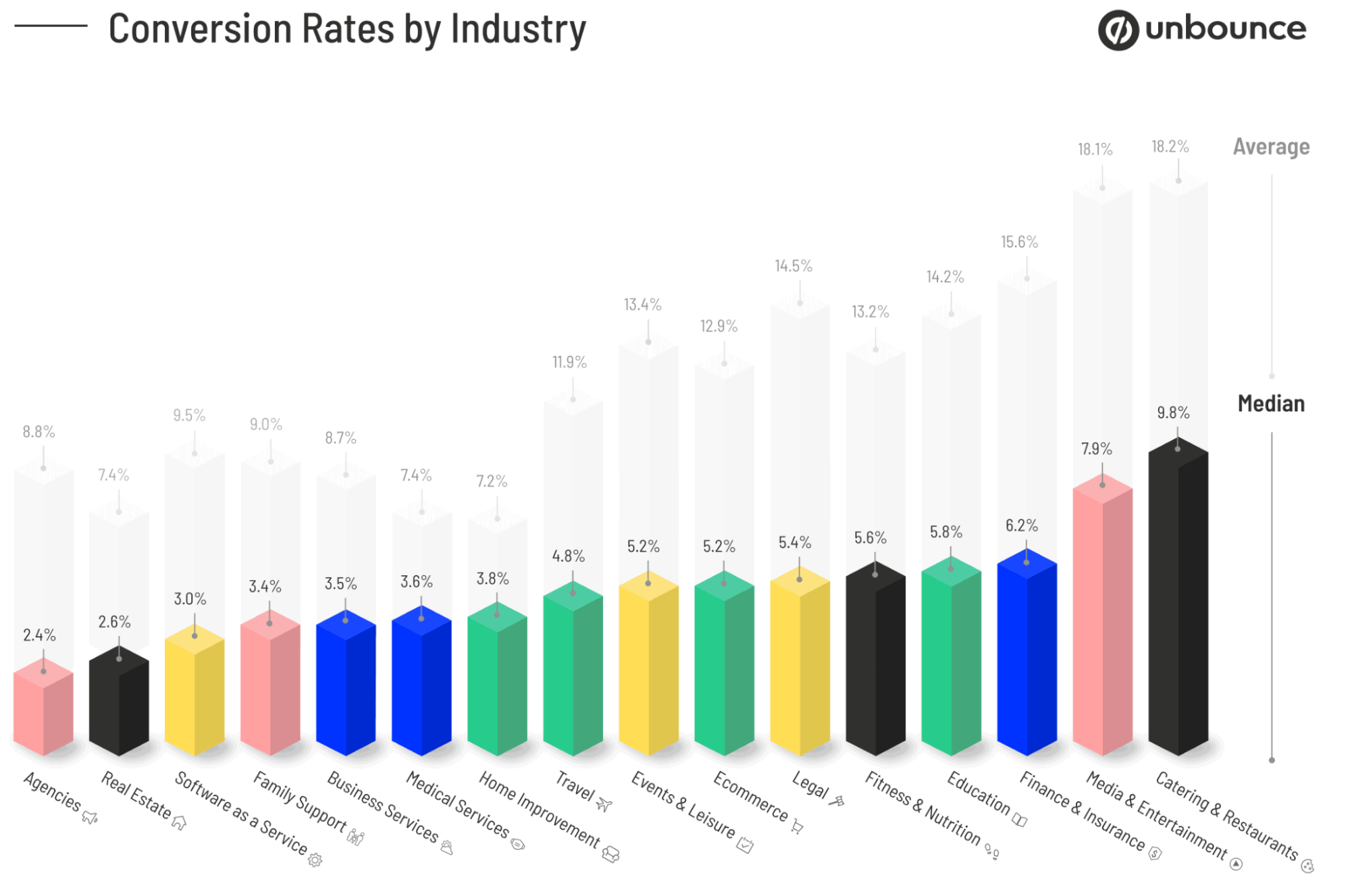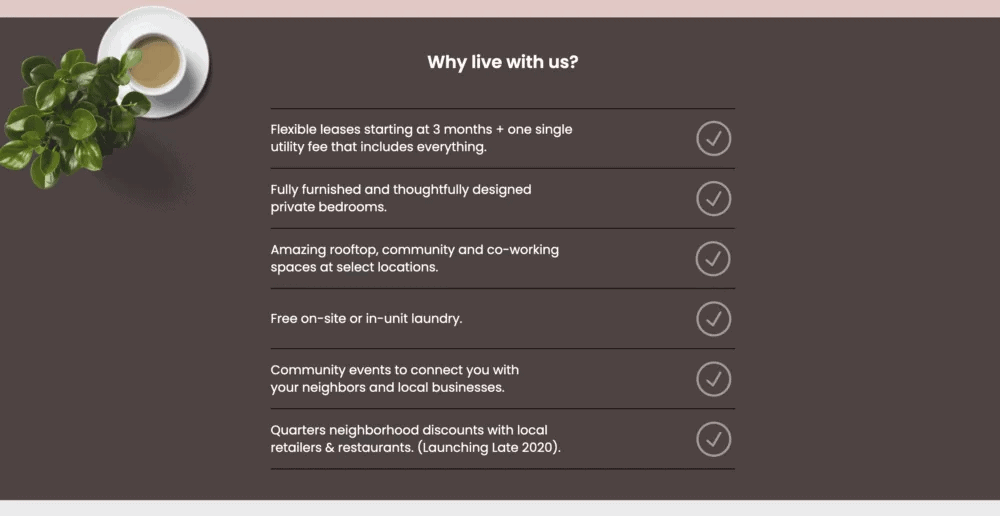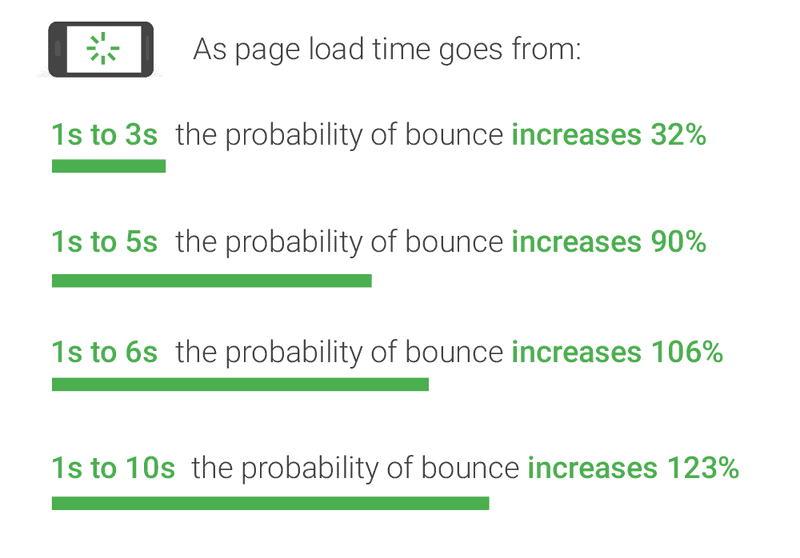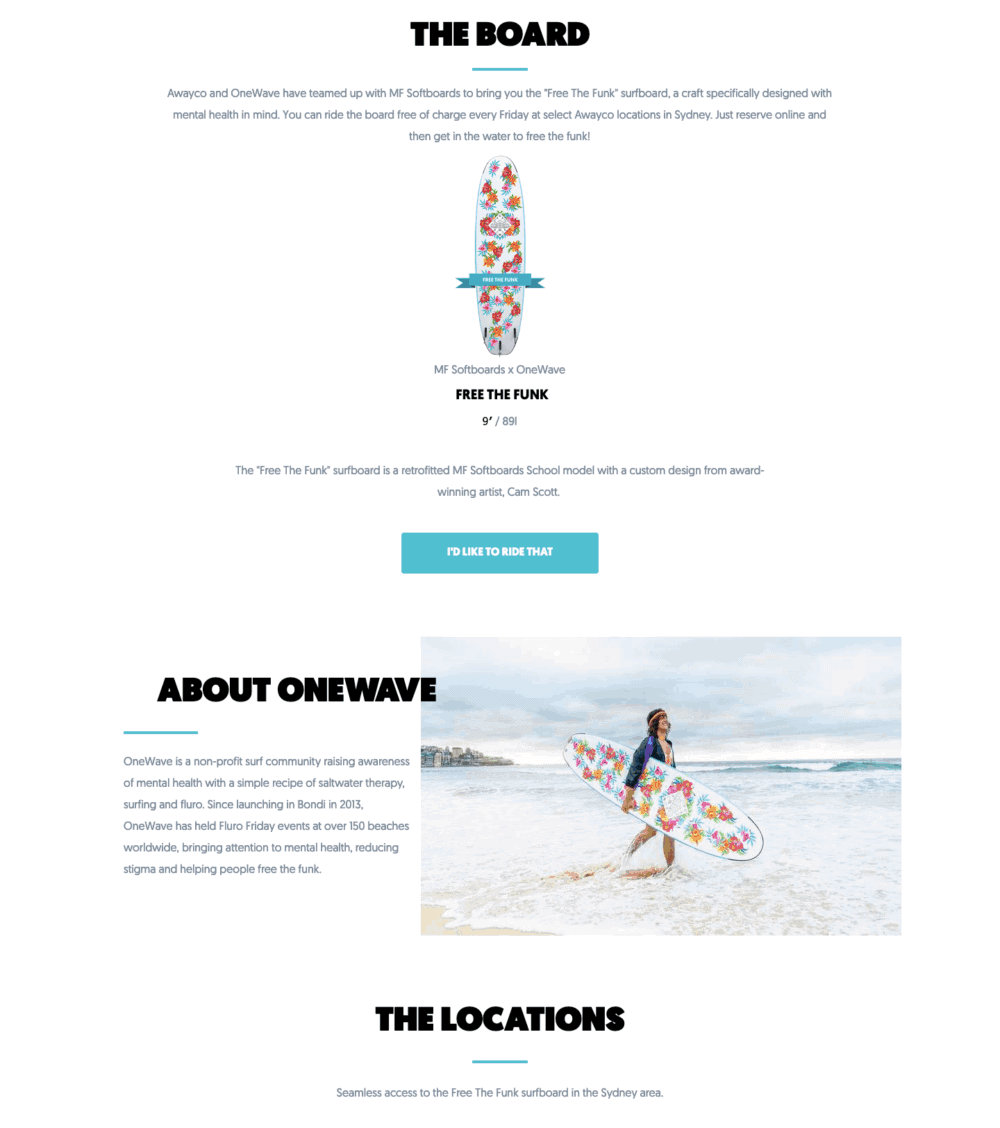Imagine this: You publish your landing page and wait for your conversions to roll in. Except they don’t — you see tons of bounces instead.
After you’ve worked so hard on crafting a landing page for conversions, it stings to see so many people leaving.
Here’s the good news: You can take action to lower your bounce rates (and, therefore, raise your conversion rates). You just have to know what problems to troubleshoot.
First Things First—What’s a Bounce Rate?
Bounce rate is the percentage of visitors who come to your landing page without visiting another page or taking action.
Some folks mix up bounce rate with exit rate, which is the percentage of people who finished their session with your website on a page. The visitors involved in an exit rate took a journey through your website. The visitors who contribute to a bounce rate didn’t go on that trip in the first place.
FYI, when you’re measuring bounce rate on a campaign-specific landing page, your bounce rate and conversion rate are inversely proportional. So, if you have, say, a 97% bounce rate, you have a 3% conversion rate.
Long story short: In the world of landing pages, your bounce rate measures the number of visitors who aren’t converting.
How can I understand my bounce rate?
You should always study your bounce rate in the context of your page topic and goal.
Some website types tend to have higher bounce rates than others. While blog pages have an average bounce rate of 70% to 90%, content sites range from 40% to 60%, and service sites hang around 10% to 30%. Different goals, different bounce rates.
You can also think of the differences in terms of individual page types. If a blog post has a high bounce rate, that’s much more understandable than if your home page has one. While your blog post might have a goal that can be accomplished on-page, your home page’s goal is to direct the visitor to other pages in the first place.
Landing pages are a whole ‘nother beast. Remember how campaign landing page bounce rates are the inverse of conversion rates? Conversion rates vary based on factors like industry, page goal, and even reading ease score (see the chart below). So, it’s no surprise that bounce rates would be impacted by those same factors.

As you can see, an industry’s median bounce rate ranges from 2.4% to 9.8%, so it’s common to have a bounce rate above 90%. But, when it starts shooting above your industry’s average, it’s time to find a fix.
3 Common Causes of High Bounce Rates—And Their Solutions
If your landing page has a higher bounce rate than normal for your industry, it could be due to one of the following three common causes. Don’t fret—they all have fixes that you can carry out right away.
1. Lack of relevant content
Since landing pages are laser-focused on conversions, they should be just as focused on the visitor. Different audiences have unique tastes, objectives, and levels of knowledge. When you keep your landing page vague in an attempt to reach everyone, it’ll end up resonating with no one.
Many relevance issues have to do with the sales funnel. You can’t try to close a sale with a customer in the awareness stage, and a warmer lead won’t respond well to surface-level content. Your conversion goals, copy, and design should line up with the customer’s spot in the sales funnel.
If you want to cast a wide net without turning away customers, create a few landing page variants and turn on Smart Traffic. This nifty feature directs each visitor to the landing page variant most relevant to them, based on their attributes. That means a higher chance of converting ’em.
Editor’s Note: We recently acquired Snazzy AI—an AI-powered copywriting tool that generates optimized copy instantly. Create a new variant, fill it with AI-generated copy, and enjoy the perks of hyper-targeted landing pages.
The need for relevance can also impact your landing page’s structure and topics, as you’ll see in this list of benefits from a Quarters landing page. The following section found a home in our list of stellar real estate landing pages because it highlights benefits the visitor cares about.

You see, this list appears on a landing page for Quarters’ New York City co-living spaces. People who want to live in these communities can’t always commit to year-long leases and they want to meet new people with similar interests. Plus, it can be tricky to find reliable laundry or discounts in the Big Apple.
By including these details, Quarters creates content that’s relevant to its New York audience. Since the information on the page matches what visitors are looking for, there’s a greater chance that they’ll click through to learn more.
2. Slow load times
Gone are the days of waiting for dial-up internet to load a page a coupla bytes at a time. Customers won’t wait for a slow-loading page when they can bounce back to Google to find one that loads faster.
Loading standards are especially brutal for mobile users. Just a three-second increase in loading time will raise a page’s bounce rate by 32%. A 10-second load time bumps your bounces by a whopping 123%.

You have to make sure your loading speed is up to snuff so visitors can get their answers now. Even if you’re not a “technical” person, there are tons of tools available to check and fix page loading speed.
Here are three things to start doing to optimize:
- Run frequent speed tests: Pop your landing page URL into Google’s PageSpeed Insights test.
- Reduce your redirects: A redirect is a URL that sends the visitor to another URL. One of the most common types of redirects sends the user to the mobile version of a page, which Google recommends avoiding through responsive design. (Wouldya look at that—Unbounce landing pages are automatically responsive.)
- Check your hosting solution: In some cases, loading times aren’t on you—they’re on your hosting provider. If the other two solutions don’t help, run your URL through a speed test like Bitcatcha that measures server speed. You can also try a tool like Pingdom that measures your site speed across the world to see how your host influences international load times.
For even more ways to speed up your landing page, check out these tips on improving loading speeds.
3. Confusing layout
Most visitors look at a landing page in a specific pattern. If your page layout doesn’t mesh with the way that humans naturally view content, your customers will get thrown off and bounce.
Good landing pages have a visual hierarchy that guides viewers through their content. They present information within an F- or Z-shaped pattern and make important elements stick out with colors, contrast, and size. You want the most critical elements of your page to stand out in your visuals.
It sounds complicated, but a visual hierarchy is pretty simple to make. Look at how this Awayco landing page presents its elements.

This section’s visuals follow a subtle Z pattern. Each headline comes in large, bold text, and the purchase CTA button stands out in bright blue.
As you create your landing page’s layout, make sure it looks good on mobile. Since you have less space to work with, you mainly have to make sure that there’s enough white space to present your content in manageable chunks.
Trackin’ for Success—Optimize Your Pages to Counter the Bounce
Bounce rates may be insightful, but they aren’t the only factor in play in your landing page’s success.
A high bounce rate doesn’t automatically mean you have a bad landing page. Instead, think of it as a sign that something’s off. After you make the fixes discussed in this blog post, keep an eye on your landing page metrics, including your bounce and conversion rates. Landing page optimization is never complete, really—it’s more about making metrics-driven adjustments over time.

![[Build – MOFU] Landing Page Product Page – V1 – 2024](https://unbounce.com/photos/Build-MOFU-Landing-Page-Product-Page-V1-2024.jpg)
